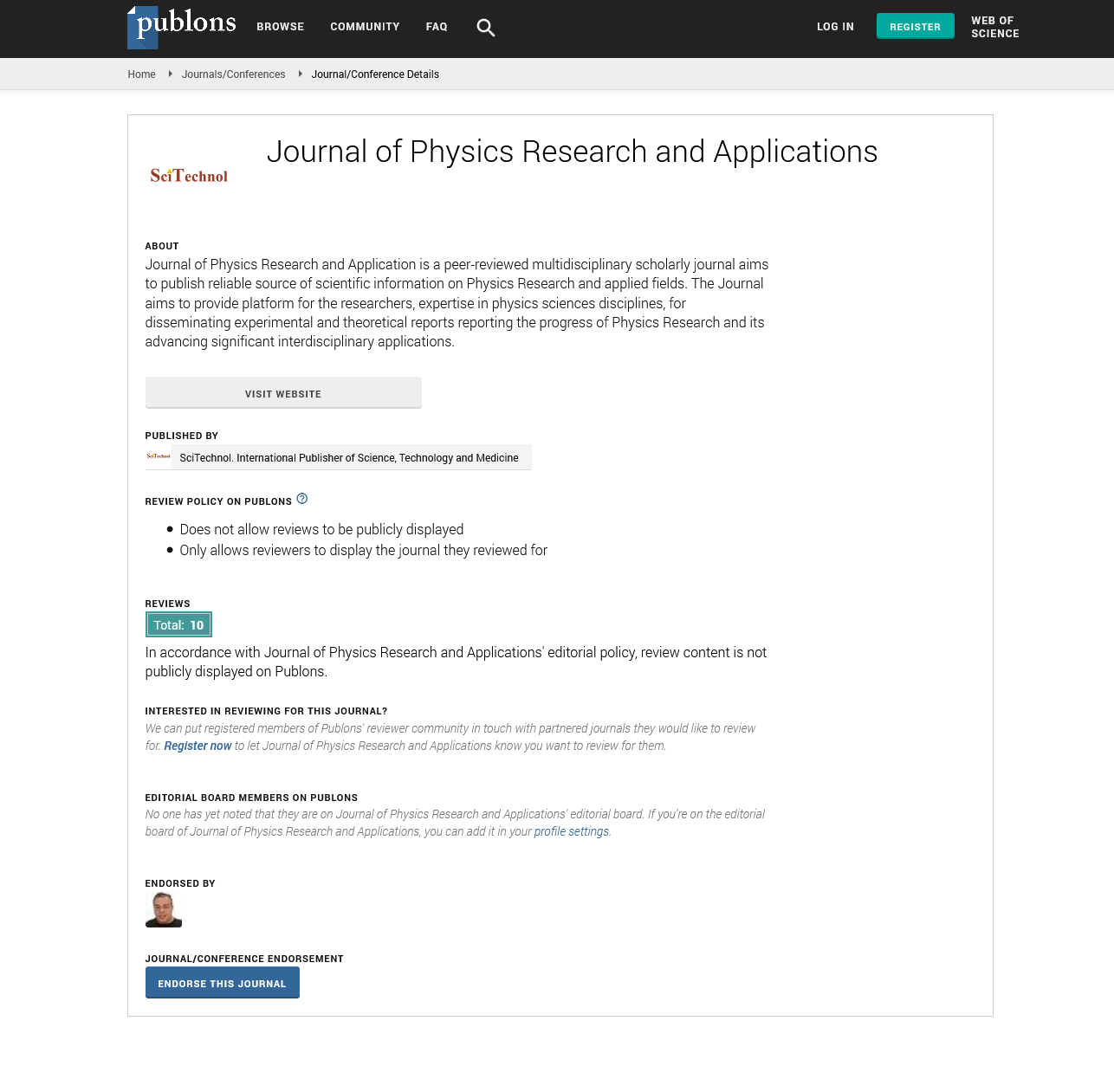Progress and current status of electroactive polymer transducers
Seiki Chiba, Mikio Waki, Koji Fujita, Kazuhiro Ohyama and Shijie Zhu
Chiba Science Institute, Japan
: J Phys Res Appl
Abstract
Soft transducers made of synthetic or natural materials, capable of converting physical or chemical energy into mechanical work in response to various environmental stimuli such as salt, pH, humidity, heat, solvent, light, magnetic or, electric field, and light, have been gaining attention for biomimetic actuators. Some of the transducers have also been shown to operate in reverse as a generator. This lecture discusses electroactive polymer (EAP) transducers (see Fig.1). EAP can be generally classified into two categories: wet (ionic) and electronic (electronic field responsive). Wet polymers use electrically driven mass transport of ions or electrically charged species to effect a change in the shape (or vice versa). Electronic polymers use an electric field to effect a shape change by acting directly on charges within the polymer (or vice versa). Each type of electroactive polymer has advantages and disadvantages for particular applications. Wet polymers typically can exert relatively high pressures and can be driven by low voltages. However, they are relatively slow and limited in size (since they are dependent on molecular transport), require high current and relatively energy inefficient. They can operate best over a narrow range of temperatures and must often be kept moist. In contrast, Electronic polymers can be fast, efficient, and relatively insensitive to temperature and humidity fluctuations. These polymers can operate at relatively high voltages and low currents, which usually requires additional voltage conversion components but makes the size and capacity of wires and interconnects lighter and less critical. A type of field-activated EAP transducer that embodies the desirable properties of polymer is dielectric elastomers (DEs). DEs show considerable promise for harvesting energy from wind, ocean waves, water currents, or even from human motion.
Biography
Seiki Chiba was Executive Director for Advanced R&D Project Development, Stanford Research Institute (SRI International). He served on SRI for 20 years. He has been supervising advanced R&D programs including Japanese Government projects. Presently, he is CEO, Chiba Science Institute. He is the author or coauthor of more than 300 publications in the various areas including artificial muscle actuators & generators, hydrogen safety, and high temperature membranes for hydrogen production. He has a PhD in Metallurgy & Material Science from the University of Wales (Britain). He received IAAM medal for outstanding contribution in the field of Advanced Material Science and Technology.
E-mail: epam@hyperdrive-web.com
 Spanish
Spanish  Chinese
Chinese  Russian
Russian  German
German  French
French  Japanese
Japanese  Portuguese
Portuguese  Hindi
Hindi 
